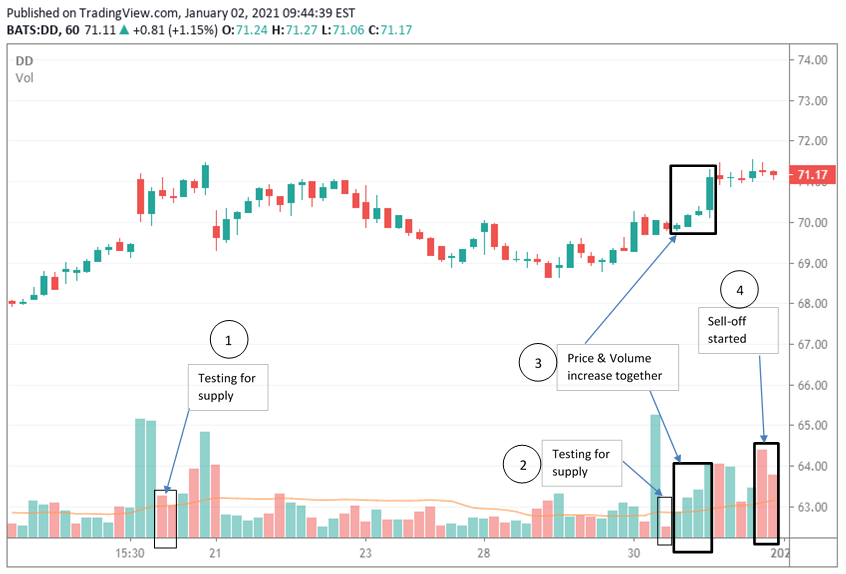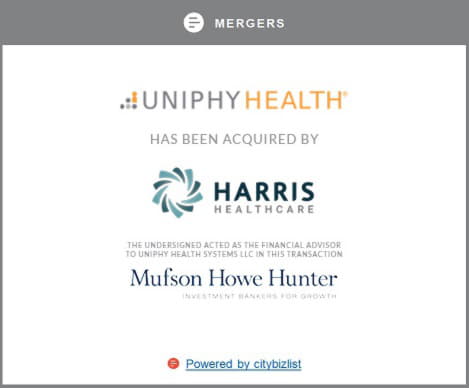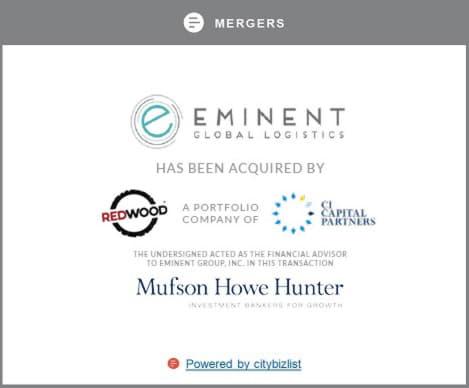Summary
- SA authors are very bearish, Wall Street is very bullish. What is the reason for this wide disparity?
- SA authors have missed the opportunities rising out of merger exchange of shares between DD and IFF.
- Wall Street is pushing bullish news so that they can book profits on stock accumulated during the pandemic dip.
Investment Thesis
In the past 90 days, SA Authors’ recommendation for this stock is bearish, whereas Wall Street analysts’ have a bullish outlook on the stock. 12 out of 20 analysts are very bullish on the stock. Who is right and why? Disagreements in the finance world is common especially because everyone has their own meaning of value. However, irrespective of the difference in opinion the wide disparity in DuPont’s stock suggests that one group of investors/analysts is missing a key piece of information, which I will try to explore.

Source: Seekingalpha.com
Fundamental Valuation
I will start with a simple free cash flow to firm valuation and run two scenarios. First, where the recovery of sales to pre-Covid levels takes 3 years and the other where the recovery takes 1 year. The 3-year recovery suggests a per share value of $58 and a 1-year recovery suggests a per share value of $62. Please feel free to look into the model yourself and adjust the parameters as per your assumptions.
Out of the four segments of DuPont, Covid has made a dent on the Transportation and Industrial sector only, showing a 20% organic drop in sales compared to the nine months ended Sept of 2019 (latest available data). The assumptions taken in the model are such that the sales figure is the same as 2019 at the end of the recovery period and with a 5% YoY growth rate in the sector till 2028 and thereafter reducing to the long-term growth rate of 2% by 2030. EBITDA margin also follows the same pattern, recovering to pre-Covid levels of 27.29% by the end of recovery period and thereafter continuing at the same level till terminal year. Pre-Covid EBITDA margin calculation is done by excluding the Nutrition & Biosciences segment results, assuming that the planned divestment will be completed by Q1 2021. Capex is assumed at 2020 levels of $1B/per year till end of recovery and thereafter for every dollar of recurring revenue capex of $2 is assumed.
The fair value results of the model are far from the actual market price. Reverse- engineering the model suggests that in a 1-year recovery scenario the revenue growth rate post-recovery should be 7% to match the fair value to current market price and 9% for the stock to be worth $90, target price suggested by numerous analyst reports. Even for a specialty company like DuPont with a number of trademarked brands like Nomex, Kevlar & Tyvek (used in making PPEs), sustaining these growth figures seem difficult but plausible over the next 8-9 years period. However, I will take a pessimistic approach and conclude that sustaining a 5% revenue growth rate is statistically more likely.
So, the current market price has already crossed the pre-Covid market price for DuPont, even though the divestiture of N&B segment is virtually certain, and the current market price has exceeded the fair value calculated by the free cash flow model and yet, the stock price is still rising.









